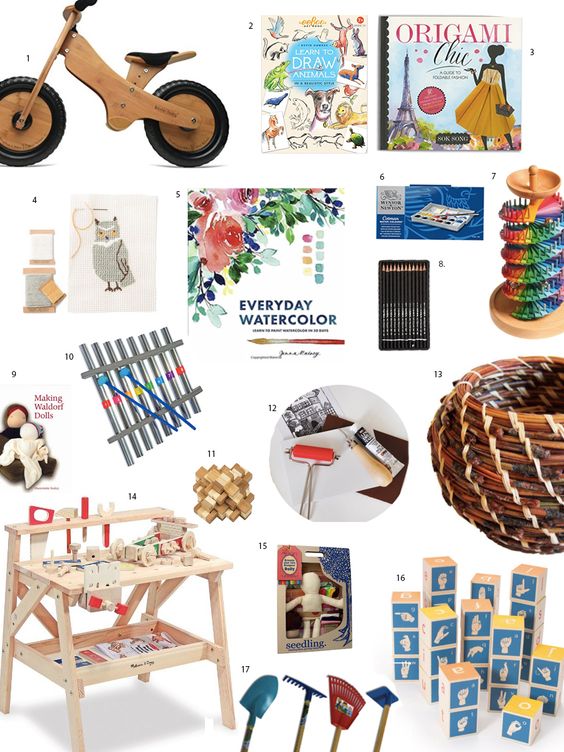In the journey of nurturing and guiding the younger generation, two roles stand out as having substantial influence in shaping their lives: parenting and teaching. While these roles may appear distinct on the surface, they share many core responsibilities. This article highlights some significant reasons why teaching and parenting are fundamentally the same job.
1. Fostering growth and development
Both teachers and parents aim to help children achieve their full potential by fostering an environment that promotes holistic growth. In these nurturing spaces, learning experiences abound, enabling youngsters to develop their cognitive, emotional, social, and physical skills.
2. Guiding morals and values
Parents and teachers share the responsibility of inculcating strong values in children. Together, they model empathy, compassion, honesty, integrity, respect for others, and critical thinking. A secure foundation of essential moral values allow children to make decisions that benefit both themselves and those around them throughout their lives.
3. Providing discipline and boundaries
Proper guidance requires implementing appropriate rules to understand personal boundaries. Parents and teachers must support youngsters by establishing clear expectations and consequences for behavior while being fair and consistent in administering discipline. Such discipline ultimately helps children develop self-regulation skills as they mature.
4. Offering emotional support
Both parents and teachers play significant roles in providing emotional support for children in times of adversity or struggle. They are dependable sources of comfort when youngsters face setbacks or feel overwhelmed by new challenges.
5. Celebrating achievements
Parents and teachers work in tandem to recognize each student’s accomplishments — no matter how big or small — boosting their self-esteem as a result. By celebrating every milestone that highlights a child’s growth, effort, and perseverance, these adults provide much-needed encouragement for continued progress.
6. Engaging interdependence
One cannot underestimate the value of open communication between parents and teachers when it comes to a child’s development. Through conferences, meetings, and collaborative conversations, both parties align their expectations and adjust their methods accordingly. This united front ensures that children receive the best guidance for their specific needs.
7. Lifelong learning
Teaching and parenting both require a commitment to ongoing learning. As caretakers, parents and teachers must model a love for knowledge and discovery that enriches each new generation. They must also adapt to changing times, staying updated on pedagogical practices and cultural shifts to guide youngsters effectively.
In conclusion, both teaching and parenting are deeply intertwined in their shared goal of nurturing well-rounded individuals. While they might interact with children in different capacities, the underlying duties remain the same across both roles: fostering growth, guiding values, disciplining behaviors, offering emotional support, celebrating achievements, engaging in collaboration with one another, and embracing lifelong learning as role models. Ultimately, these jobs complement each other seamlessly in shaping the future of tomorrow’s adults.











